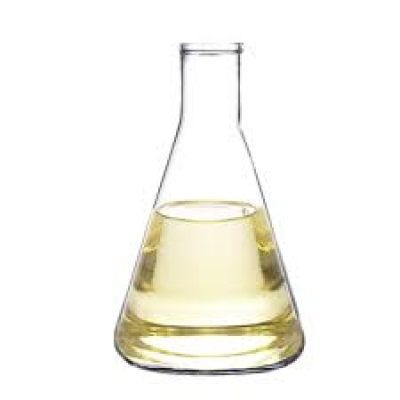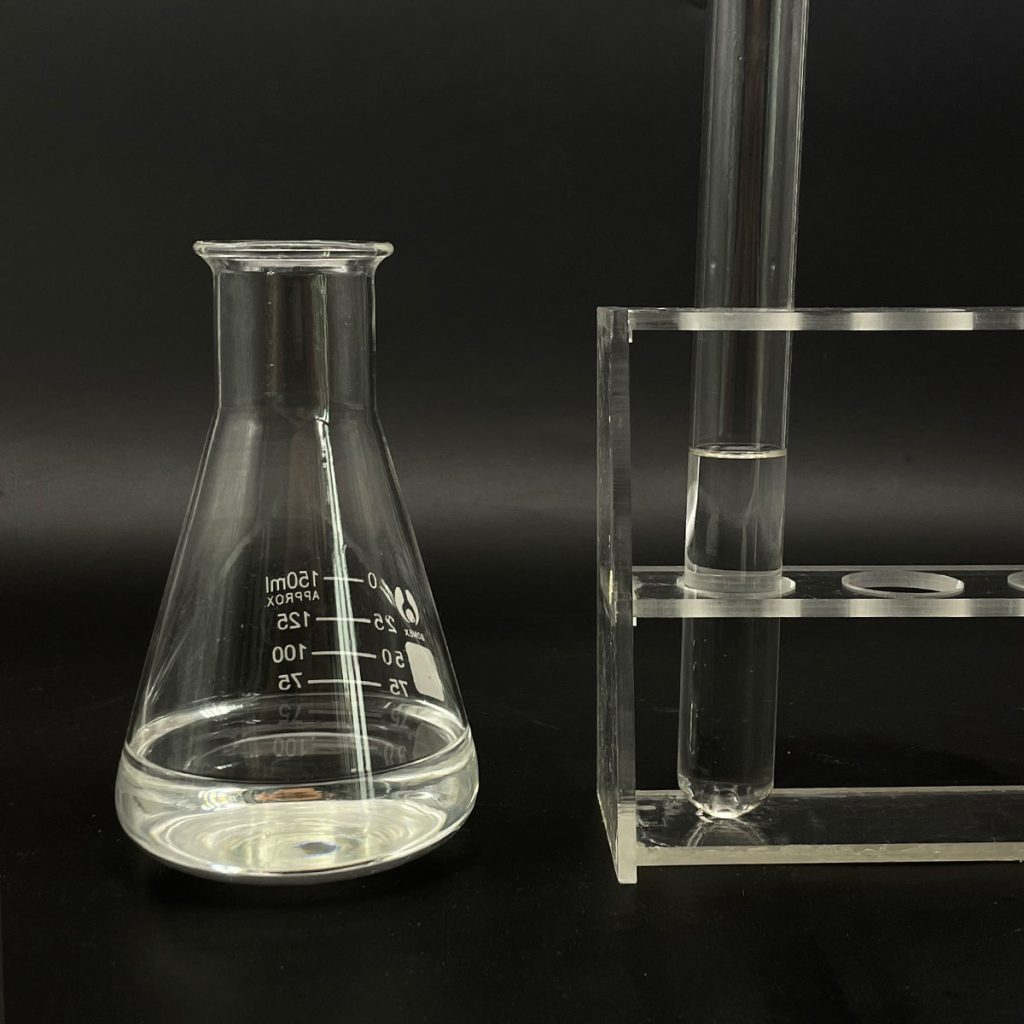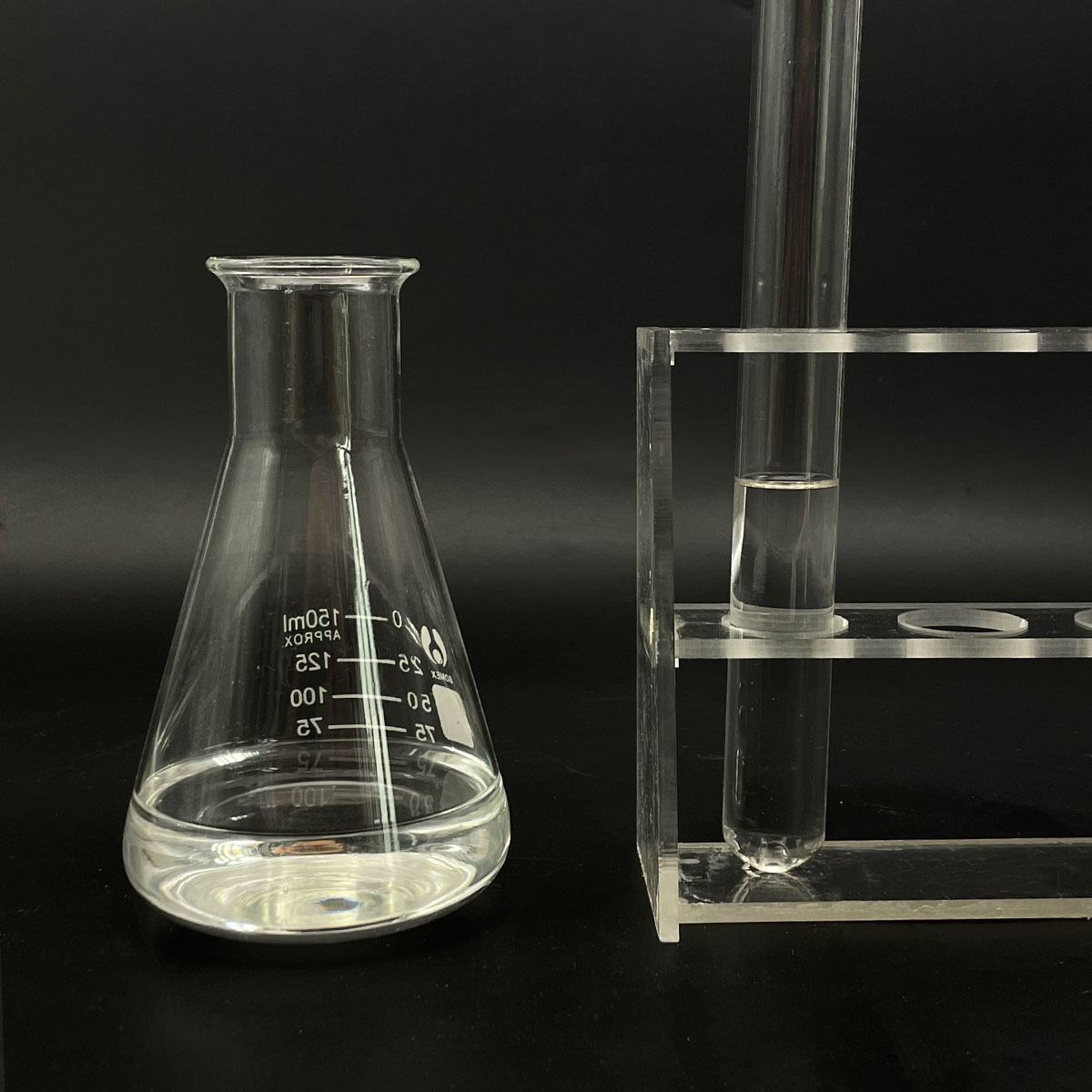1. Introduction
Just 24 hours ago, a breakthrough study published in the Journal of Agricultural and Food Chemistry revealed that sodium lauryl sulfate significantly boosts the efficacy of glyphosate-based herbicides when used as a surfactant for weed killer formulations—especially in drought-stressed crops. This finding has reignited interest in SLS’s role beyond consumer products, spotlighting its value in precision agriculture.

Most people associate sodium lauryl sulfate (also known as sodium dodecyl sulfate or SLS) with shampoo lather or toothpaste foam. But this anionic surfactant is quietly powering innovations in some of the most unexpected corners of science and industry.
In this article, we’ll dive into five niche, real-world applications where sodium lauryl sulfate shines—not because it’s gentle, but because it’s effective, affordable, and highly tunable when blended with other surfactants like cocamidopropyl betaine, polysorbate 80, or even bio surfactants such as decyl glucoside.
2. Sodium Lauryl Sulfate in Agricultural Herbicide Formulations
One of the most impactful niche uses of SLS is as a surfactant for herbicides. Farmers and agronomists often add SLS to glyphosate or 2,4-D mixes to improve leaf penetration and droplet spreading.
Unlike non-ionic surfactants like ethoxylated alcohol or Span80, SLS—an anionic surfactant—creates a strong wetting effect on waxy plant surfaces. This makes it ideal as a lawn wetting agent or wetting agent for grass in tough conditions.
- SLS reduces surface tension more aggressively than many nonionic surfactant options.
- It’s frequently combined with methylated seed oil to enhance systemic uptake of active ingredients.
- Alternatives like sodium cocoyl glutamate or coco glucoside are gentler but less effective under high-UV or dry conditions.
3. Enhanced Oil Recovery (EOR) and Drilling Fluids
In petroleum engineering, sodium lauryl sulfate is used in low-concentration blends to mobilize trapped crude oil in reservoirs. Its anionic nature helps displace oil from rock surfaces when paired with cationic surfactants like cetyl trimethyl ammonium bromide (CTAB).

Interestingly, SLS is sometimes preferred over sodium dodecylbenzene sulfonate in EOR due to its faster biodegradability and lower environmental persistence—though it’s still less eco-friendly than newer fluoro surfactants or lignin sulfonate derivatives.
Engineers also leverage SLS’s foaming ability in drilling muds to stabilize boreholes and carry cuttings to the surface, especially in shallow or unstable formations.
4. Nanoparticle Synthesis and Material Science
Sodium lauryl sulfate plays a critical templating role in the lab-scale synthesis of metal and metal oxide nanoparticles. For instance, researchers use SLS micelles to control the size and shape of copper 1 bromide or silver nanoparticles.
Its well-defined critical micelle concentration (CMC) and strong anionic head group make it ideal for stabilizing charged colloids. In contrast, amphoteric surfactants like coco betaine or amidopropyl betaine offer pH-responsive behavior but less control over particle nucleation.
When purity matters, labs often choose sodium lauryl sulfate for sale from specialty chemical suppliers like Rohit Surfactants Private Limited to avoid impurities that could skew experimental results.
5. Firefighting Foam Stabilization
Though being phased out in some regions due to environmental concerns, SLS has historically been a key component in Class A firefighting foams. It helps form a stable aqueous film that cools and smothers flames on combustible solids like wood or paper.

Modern formulations increasingly blend SLS with sodium lauryl ether sulfate (also called sodium lauryl ether sulphate or SLES) and nonionic surfactants like Pluronic 127 or Poloxamer 188 to balance foam stability, biodegradability, and performance.
Unlike cationic surfactants—which can interfere with foam structure—SLS’s anionic character synergizes well with foam boosters like cocamidopropyl or sodium lauroyl sarcosinate.
6. Concrete Admixtures and Cement Grinding Aids
A lesser-known but growing application is SLS as a grinding aid and air-entraining agent in cement production. When added during clinker grinding, it reduces particle agglomeration and energy consumption.
In precast concrete manufacturing, controlled amounts of SLS introduce microscopic air voids that improve freeze-thaw resistance—similar to how lignin sulfonate works, but with faster dispersion kinetics.
However, formulators must carefully balance SLS with other surfactants. Too much anionic content can destabilize mixes containing cationic additives, highlighting the importance of understanding anionic cationic interactions in complex systems.
7. Conclusion
From boosting herbicide uptake to enabling next-gen nanomaterials, sodium lauryl sulfate proves its worth far beyond the bathroom shelf. While alternatives like alkyl polyglucoside, sodium coco sulfate, or bio surfactants are gaining traction for sustainability, SLS remains unmatched in cost-performance for many niche industrial applications.
As regulations evolve and green chemistry advances, expect to see hybrid systems—combining SLS with amphoteric surfactants like coco amido propyl betaine or nonionic types like laureth sulphate—to deliver precision performance with reduced ecological impact.
Our Website founded on October 17, 2012, is a high-tech enterprise committed to the research and development, production, processing, sales and technical services of ceramic relative materials such as 5. Our products includes but not limited to Boron Carbide Ceramic Products, Boron Nitride Ceramic Products, Silicon Carbide Ceramic Products, Silicon Nitride Ceramic Products, Zirconium Dioxide Ceramic Products, etc. If you are interested, please feel free to contact us.


